Battling residential fires from the top down
May 28, 2025 at 6:00 p.m.By ASC Building Products.
In wildfire country, your ridge vent could be the difference between protection and devastation.
When wildfires roar through the wildland urban interface (WUI), where human developments meet wild vegetation, it’s not the towering flames that pose the greatest threat — it’s the tiny, wind-driven embers that infiltrate homes in seconds. Roofing materials get a lot of attention, but an often-overlooked weak spot is also right at the top of the home: ridge vents. Without the right protection, these ventilation points can act like open invitations for embers, turning attics into tinderboxes. In fire-prone regions, safeguarding your home means thinking beyond the surface — and it starts with choosing proven solutions like those offered by ASC Building Products and understanding the critical role ridge venting plays in wildfire defense.
How embers threaten ridge vents
When embers infiltrate a structure’s attic, they can ignite insulation, wood and other flammable materials. Rising heat naturally creates airflow through soffit and ridge vents, potentially pulling embers inside the attic space. Wind can also push embers directly into ridge vents if they are not adequately protected.
Using a code-compliant, ember-resistant ridge vent is crucial to ensure both safety and ventilation efficiency. ASC Building Products offers solutions designed specifically for these challenges, including venting systems compatible with our Skyline Roofing metal panels.
Building codes for wildfire-prone areas
Two key building codes regulate venting requirements in wildfire-prone areas: the International Wildland-Urban Interface Code (IWUIC) and California Building Code (CBC), Chapter 7A. Both establish strict standards designed to reduce the risk of ember intrusion and enhance fire protection for structures.
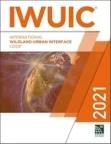
The International Wildland-Urban Interface Code (IWUIC)
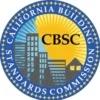
The California Building Code (CBC), Chapter 7A
(administered by the California State Fire Marshal)
California building code requirements for ridge vents
According to Chapter 7A of the California Building Code (CBC), ridge vents installed in wildfire-prone areas must meet the following criteria (CBC 706A.2.1):
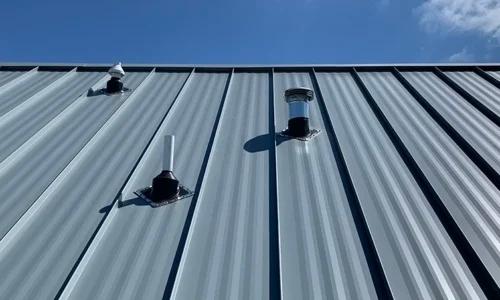 1 – Mesh covering: Vents must be covered with a mesh that has openings no smaller than 1/16 inch (1.6 mm) and no larger than 1/8 inch (3.2 mm).
1 – Mesh covering: Vents must be covered with a mesh that has openings no smaller than 1/16 inch (1.6 mm) and no larger than 1/8 inch (3.2 mm).
2 – Noncombustible material: The mesh material must be noncombustible.
3 – Corrosion resistance: The mesh material must be resistant to corrosion.
Alternatively, vents may be tested for compliance with ASTEM E2886. The IWUIC follows similar guidelines but allows openings of up to 1/4 inch.
These strict requirements limit the options available for compliant ridge vent products. Foam-based or non-metal venting systems typically do not meet these standards, making metal-based ridge vent solutions essential.
Ridge venting with metal roofing systems
Ridge venting plays an integral role in attic ventilation, especially in metal roofing systems. Products like Skyline Roofing are designed to provide both functionality and fire protection. This system features a sleek, standing seam profile that supports effective ridge ventilation while contributing to the overall aesthetic appeal and durability of the roof.
Metal roofing is inherently non-combustible, and the Skyline Roofing system holds a Class A Fire Rating when installed on non-combustible decking or framing in compliance with IBC, IRC or UL listings (UL790). This makes Skyline Roofing an ideal choice for homes located in WUI areas, where fire protection is a critical concern.
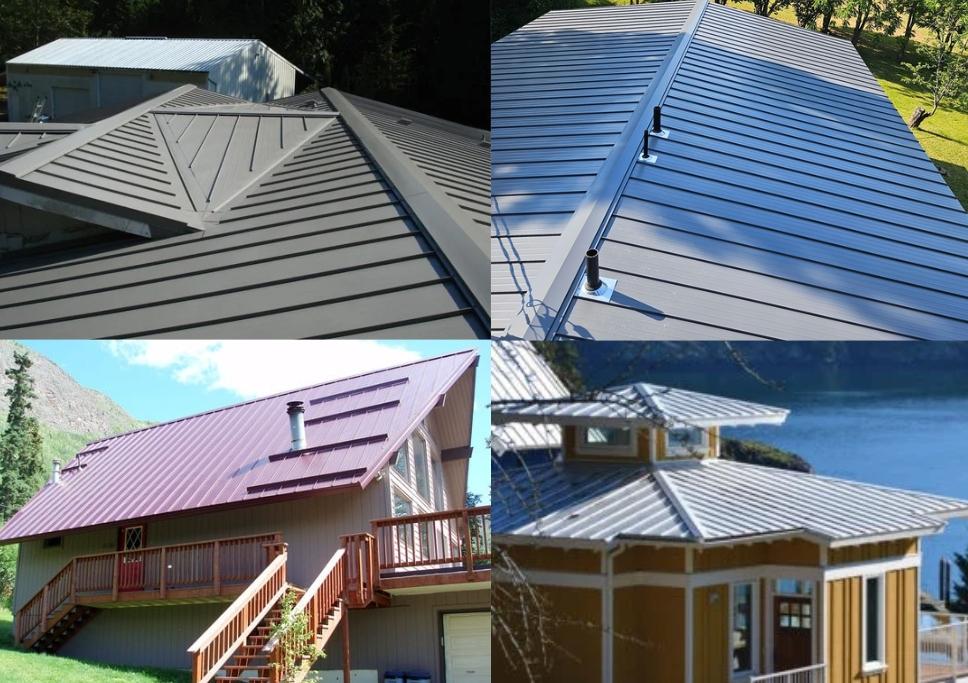
ASC Building Products’ ember-resistant ridge venting solutions
To help protect structures in wildfire-prone areas, ASC Building Products offers perforated metal “zee” flashings designed for vented ridges. Our ridge vent solutions are fully compatible with Skyline Roofing and meet the stringent fire safety standards required by both CBC and IWUIC.
Key features include:
- Code-compliant mesh: The perforated metal flashings feature a maximum hole opening size of 1/8 inch, ensuring compliance with fire safety codes.
- Noncombustible materials: Made from durable steel, these flashings resist ember ignition and are built for long-lasting protection.
- Corrosion resistance: The flashing features metallic-coated steel to ensure long-term performance and protection against rust and corrosion.
- Ventilation efficiency: The flashings provide a nominal open area of 30.6%, allowing proper airflow to reduce moisture and heat buildup in the attic.
The Net Free Ventilation Area (NFVA) is crucial for optimal performance. The NFVA can vary depending on the roof’s slope and design. Our Skyline Roofing Installation Guide provides detailed information to help ensure proper ridge vent installation and ventilation balance.
Skyline Roofing: A fire-resistant roofing solution
Along with ember-resistant ridge venting, Skyline Roofing offers several benefits that enhance both fire safety and overall roof performance:
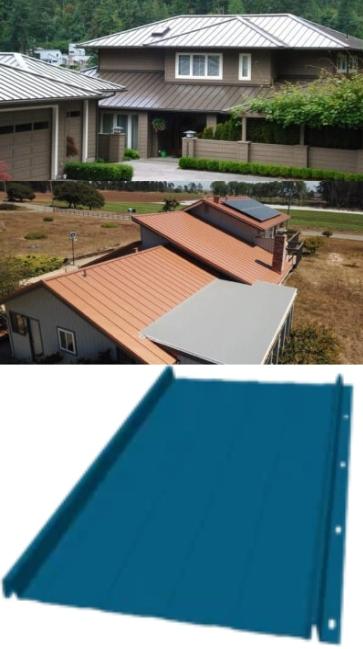
- Fire resistance: Metal roofing is inherently noncombustible, reducing the risk of ignition from embers and direct flame exposure.
- Durability: Designed to withstand harsh weather conditions, Skyline Roofing resists damage from rain, wind and snow.
- Energy efficiency: Metal roofs reflect solar heat, which can help lower cooling costs and improve indoor comfort.
- Low maintenance: Unlike other roofing materials, metal requires minimal upkeep, making it a long-term investment.
- Design flexibility: Available in a variety of colors, Skyline Roofing enhances the curb appeal of any home while meeting functional needs.
Learn more about Skyline Roofing.
Original article and photo source: ASC Building Products
Learn more about ASC Building Products in their Coffee Shop Directory or visit www.ascbp.com.
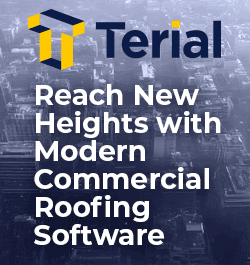

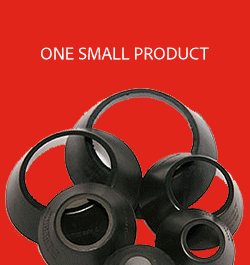

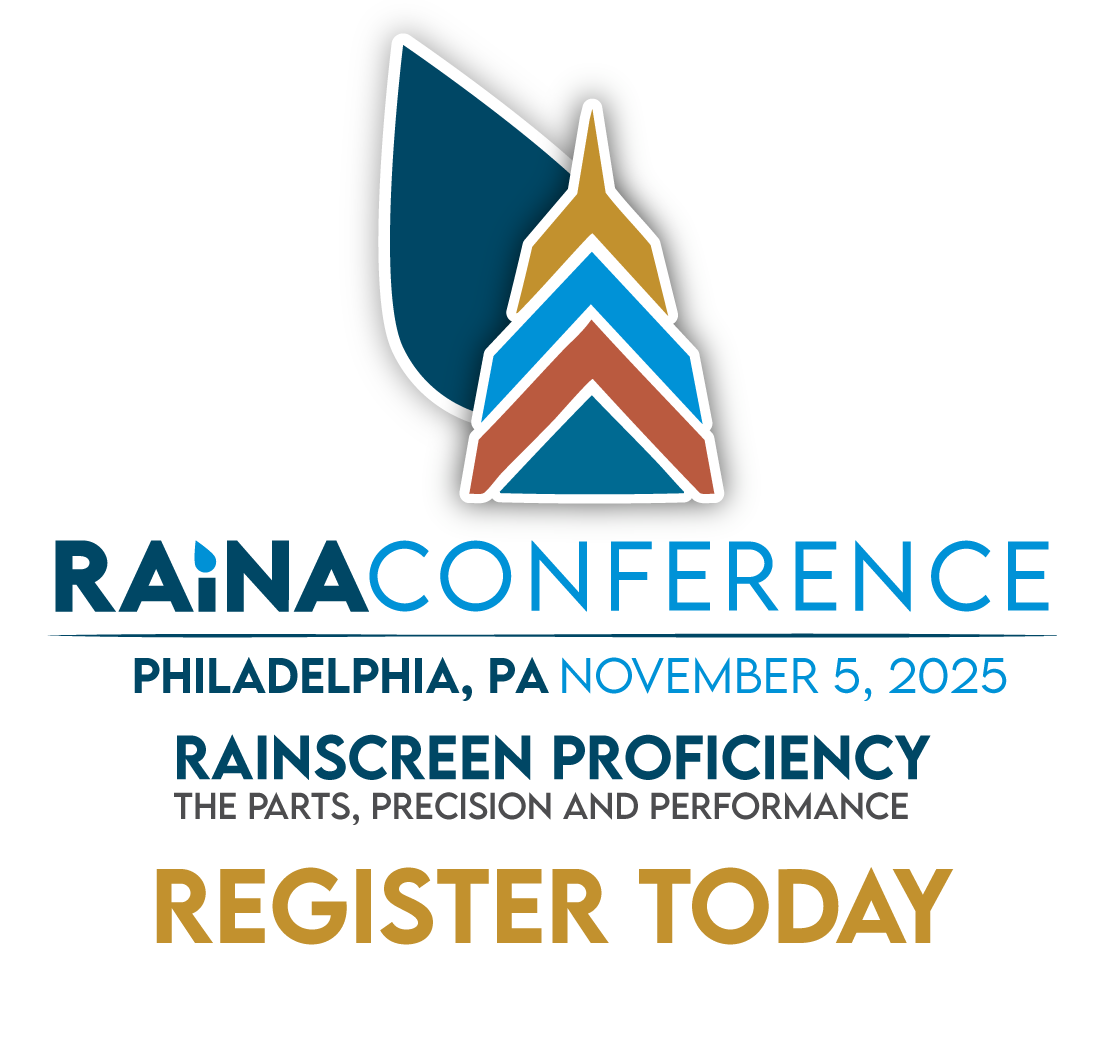


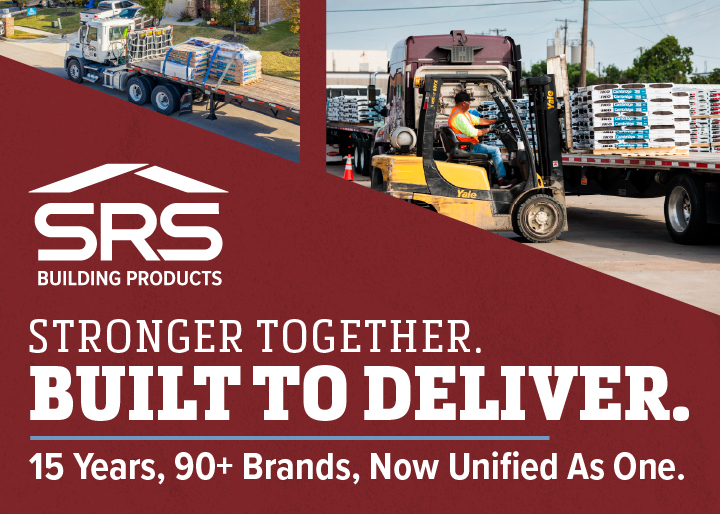
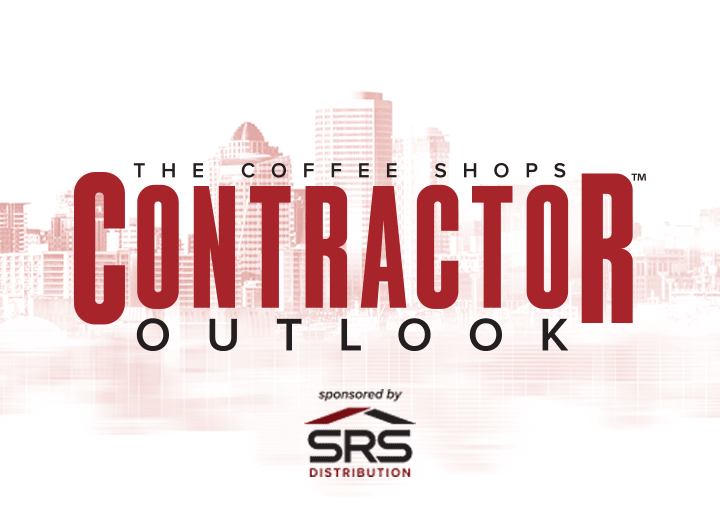


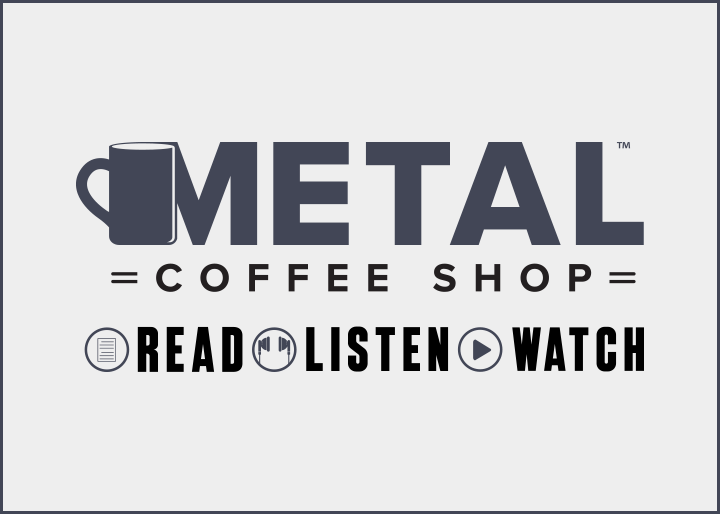

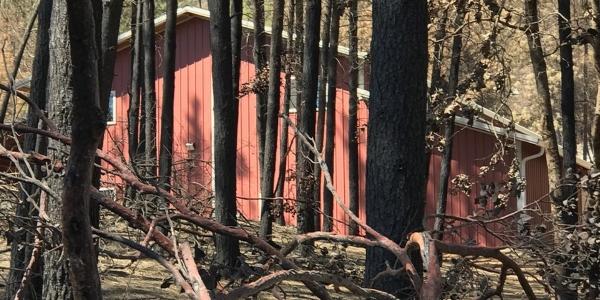
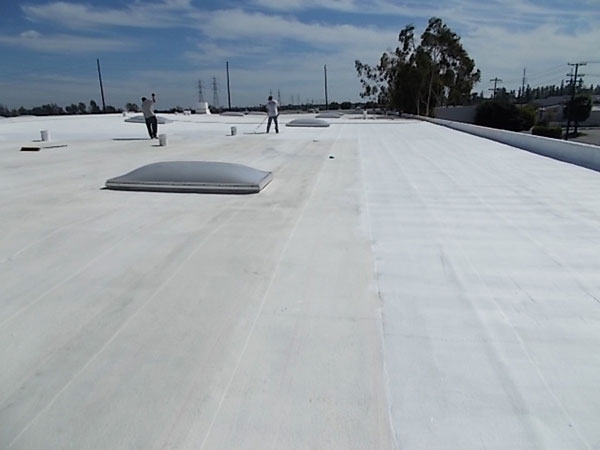
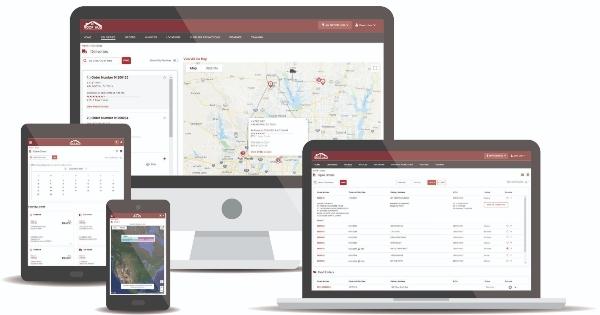
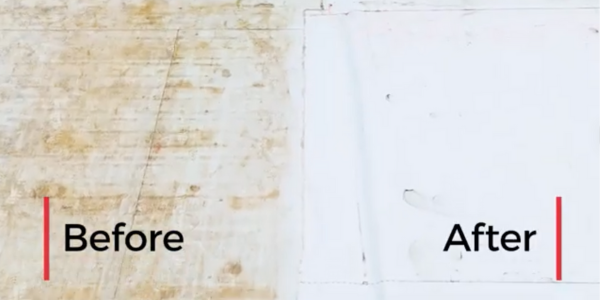

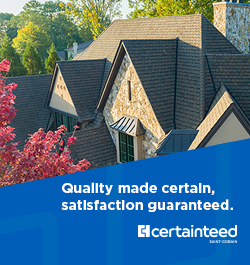

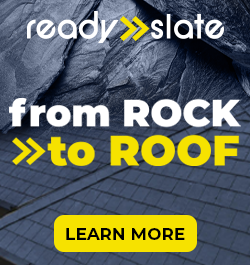
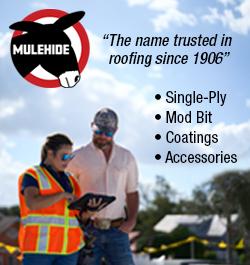
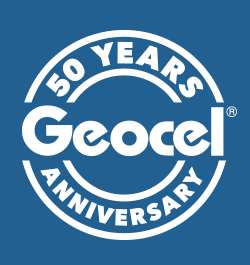
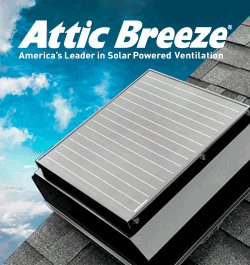
Comments
Leave a Reply
Have an account? Login to leave a comment!
Sign In